
Science & Land
The Story Behind one of Utah’s Otherworldly Mudstones!

Science & Land
The Deer Springs Fire in Grand Staircase-Escalante National Monument
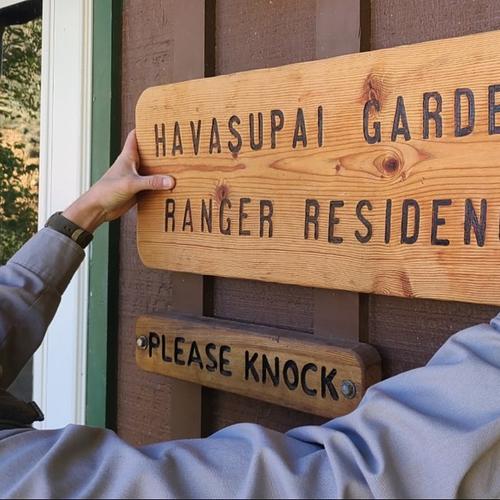
Science & Land and Arts & Culture
Join Park Ranger Doug Crispin for an insider’s look at the recent place name changes, native relations, and history in the National Parks.
.png)
Science & Land
Hear from the Wildlands Network team about habitat connectivity in Southern Utah and the importance of migration corridors.
.jpg)
Outdoor Adventure and Science & Land
Explore the ancient junipers, other plants and lichens of the Tilted Mesa trail system.
.jpg)
Films and Science & Land
NASA shows a visual tour of Earth through satellite imagery and time lapses of Earth's three key climate-balancing features changing over the decades

Science & Land
Learn how Washington County, Utah protected its endangered species
.png)
Science & Land
Learn from the Peregrine Fund about the reintroduction of condors to the southwest
.png)
Science & Land
Take action! Help the Bureau of Land Management staff remove an invasive plant species from Johnson Canyon.
.png)
Science & Land
CANCELED Meet a live owl up-close in a fun interactive event for kids and adults with Wasatch Mountain State Park Ranger/Naturalist, Kathy Donnell.
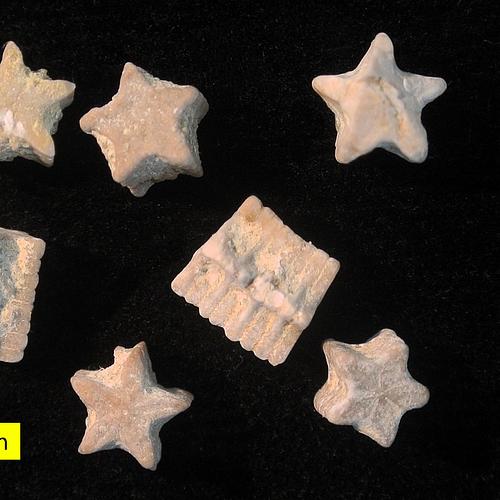
Outdoor Adventure and Science & Land
Hike with a geologist to view crinoid fossils
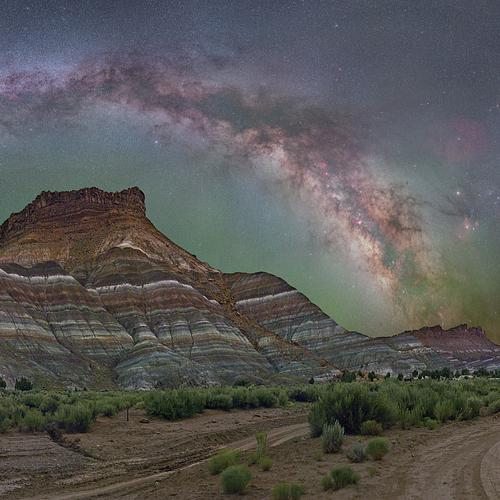
Science & Land, Arts & Culture, and Night Sky
Venture out to a superbly dark location to learn the craft of astrophotography from an expert.

Science & Land and Night Sky
Astronomy interpreter Paul Ricketts presents a program on black holes while you enjoy sandwiches and more at the Kanab Creek Bakery.
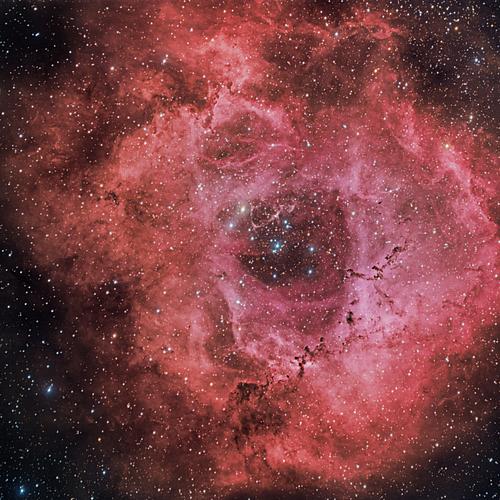
Community, Science & Land, and Night Sky
Join Bettymaya Foott, Director of Engagement for the International Dark Sky Association, and local amateur astronomers from Stellar Vista Observatory for night sky viewing, laser guided constellation tours, astrophotography, star stories and smart outdoor lighting demos.
Science & Land
Come join rangers at Pipe Spring for a talk about threatened and endangered species found in and around Pipe Spring National Monument.
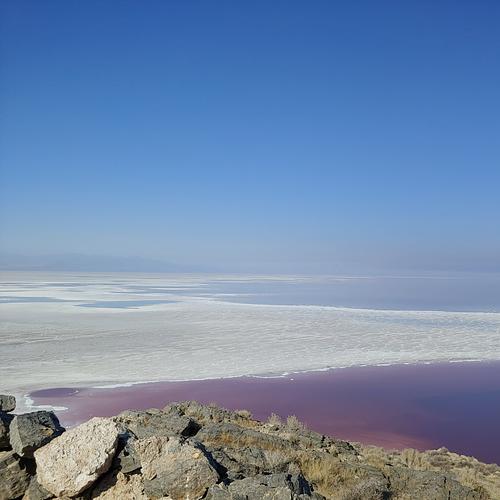
Science & Land
During a time of drought, climate change and major population growth, how can Utah better support this critical body of water?
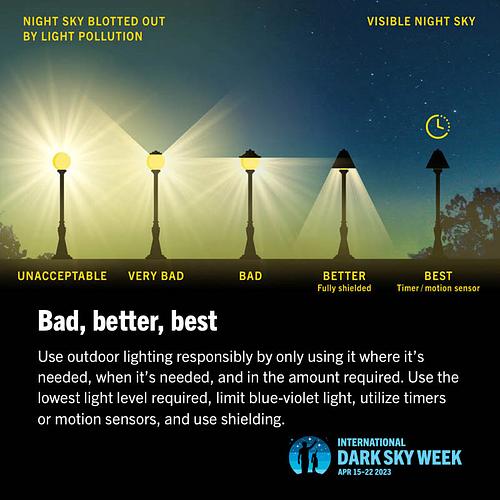
Community, Science & Land, and Night Sky
Presentation on light pollution by an astronomer, followed by a telescopic tour of the night sky, preceded by Open Mic from 6 - 8 pm at The Nomad!
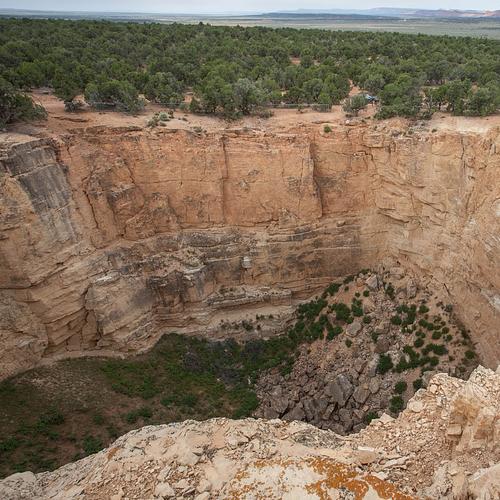
Science & Land
Explore a natural limestone sink with a geologist over a picnic lunch with panoramic views!
Science & Land
Tour several projects and treatments on the North Kaibab National Forest with a senior level silviculturist.
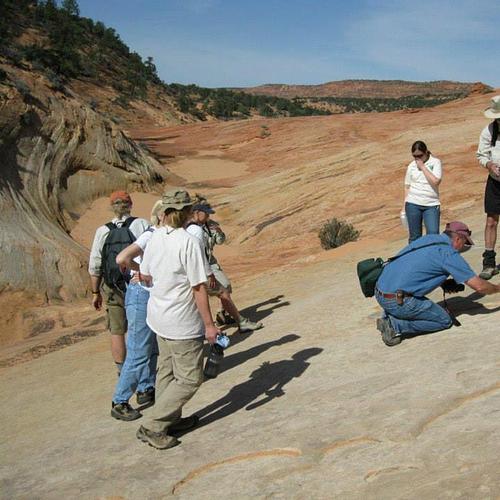
Science & Land
Visit dinosaur track sites with a BLM paleontologist from the Grand Staircase-Escalante National Monument.

Science & Land
What does the future hold for the generation and delivery of reliable electricity to rural southern Utah and the Arizona Strip?
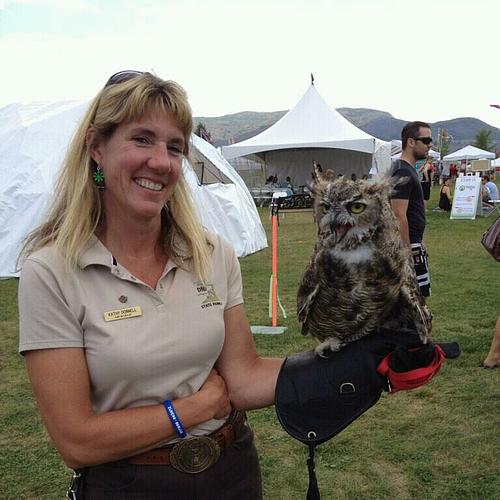
Science & Land
Meet a live owl up-close in a fun interactive event for kids and adults with Wasatch Mountain State Park Ranger/Naturalist, Kathy Donnell.

Science & Land and Night Sky
Presentation on Viewing Dark Skies in Utah by Paul Ricketts, from the University of Utah's South Physics Observatory.

Science & Land
Palentology presentation on new dinosaur discoveries in the Grand Staircase Escalante National Monument by Joe Sertich, curator at the Denver Museum of Nature & Science.

Science & Land
Live demonstration of owls by Wasatch Mountain State Park naturalist, Kathy Donnell.
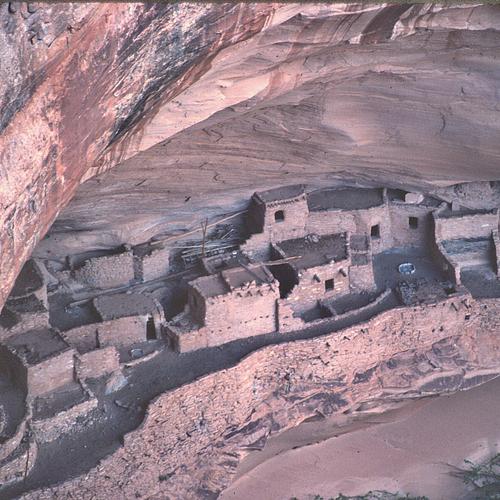
Arts & Culture and Science & Land
Photos of ruins and rock art of the Kayenta Area as presented by former Utah Rock Art Research Association president, Richard Jenkinson.

Science & Land
The National Parks Conservation Association talks about the effects of climate change on our National Parks.
Arts & Culture and Science & Land
This is a recorded presentation about growing native plants and seed saving from a Southern Pauite perspective. There will be no live discussion.

Science & Land and Night Sky
In case you missed it, Amazing Earthfest will once more host a Master Class with professional astrophotographer Dave Lane! What a novel way to enjoy the holidays!
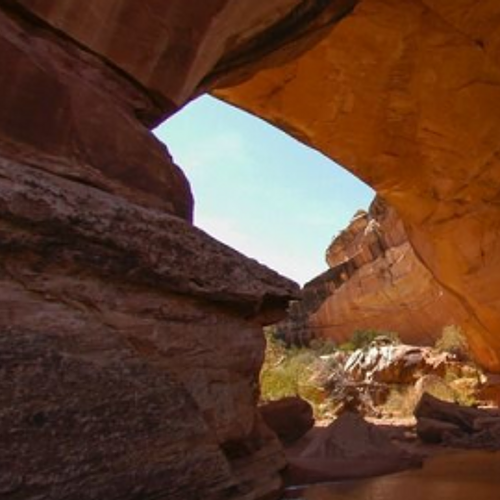
Science & Land and Night Sky
Utah leads the world in designated dark sky places, and our state and national parks form the foundational footprint of dark sky protection. Learn more about the meteoric rise of dark sky programming and protection in Utah parks from Shelby Stock (Utah State Parks) and Cassidy Jones (National Parks Conservation Association). Our speakers will share their view of the key ingredients for dark sky success in Utah and highlight the importance of continued advocacy from International Dark Sky Association (IDA) members and supporters to keep Utah skies dark.

Science & Land
Author and historian Frederick Swanson will delve into the human stories behind the creation of Utah’s national parks and national monuments, showing how geologic marvels such as Rainbow Bridge, Zion, Bryce Canyon, Arches and Grand Staircase-Escalante emerged from obscurity to become worldwide travel destinations. We’ll meet a diverse and intriguing group of explorers, scientists, artists and writers who brought these masterpieces of sculptured rock to the attention of the outside world and called for their protection as part of our national park system. Come along as we ride through unknown canyons, scale lofty mesas and motor down dusty roads to discover what these early-day travelers encountered in the mysterious landscapes of the Colorado Plateau. Frederick H. Swanson is author and editor of five books on western U.S. history, including Dave Rust: A Life in the Canyons, which received the 2008 Utah Book Award. He is a fellow of the International League of Conservation Writers and recipient of the Wallace Stegner Prize in Environmental Humanities.
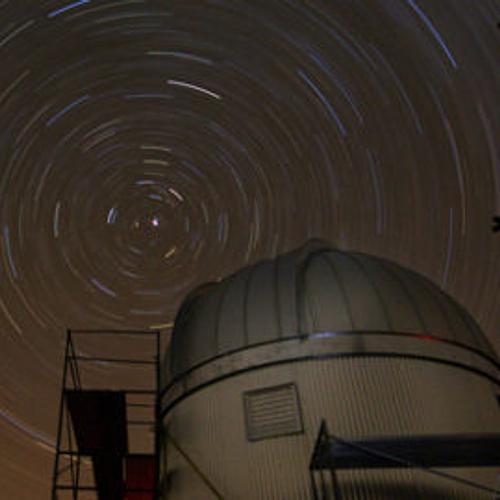
Science & Land and Night Sky
Explore what the night sky has to offer in ways that your eyes simply cannot see.

Community and Science & Land
How do you talk to someone who doesn’t believe in climate change?
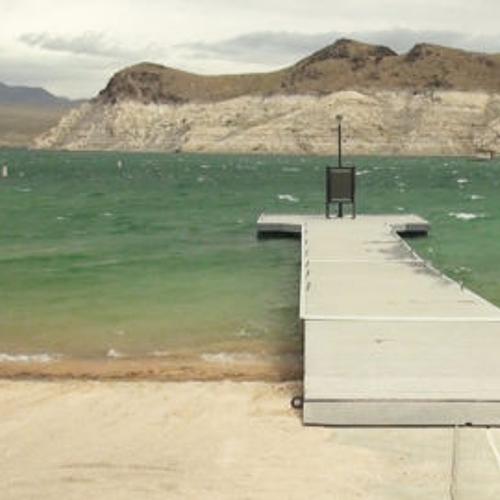
Films and Science & Land
In the middle of the Mojave Desert, is the driest city in America, yet it leads the United States in sustainable water conservation.
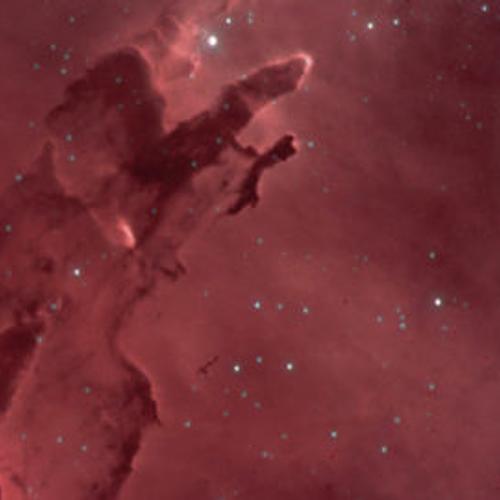
Science & Land and Night Sky
Learn about the adverse effects of the ordinary light pollution we experience each night as it impacts human health and safety, wildlife (such as sleep, mating, and feeding cycles), science (both amateur and professional astronomy), and the economy.
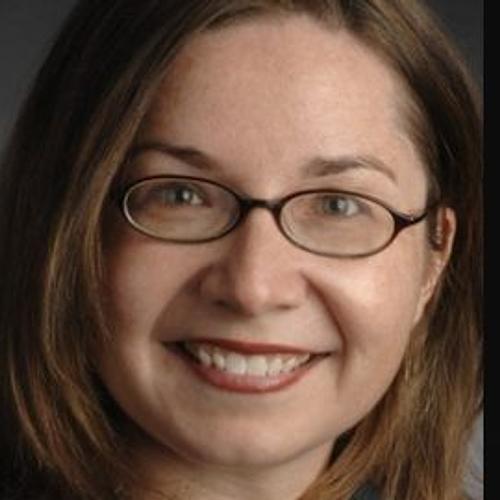
Community and Science & Land
Most of us understand that humanity will only be able to address the climate crisis if we all work together. But how can we engage with people whose values, background, or interests we share, but who aren’t currently invested in tackling the climate emergency?

Science & Land and Night Sky
Learn how stars are born, what they’re made of, how long they live, and what they do while they’re alive. What can you tell by looking at the color of a star? What kind of material remains in space after a star dies? Come listen and find out!

Science & Land and Night Sky
We’ll illustrate and explain all the different types of objects in the Universe starting close to home and zooming outward from our galaxy including our solar system, stars, nebulae, star clusters, galaxies, neutron stars and black holes. This presentation will cover telescopes too and is among the requirements for scouts to earn an astronomy belt loop and badge.

Community and Science & Land
In this informal discussion, you’ll have an opportunity to learn about the monument’s natural, cultural, and scientific resources, as well as ask questions about the status of GSENM and about Partners’ efforts to restore its boundaries.
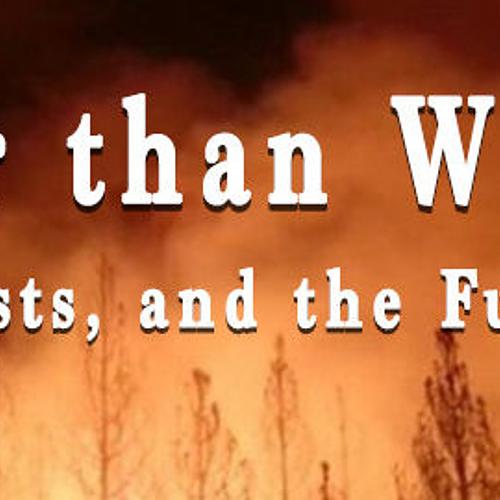
Films, Community, and Science & Land
Topic: Western Wildfire
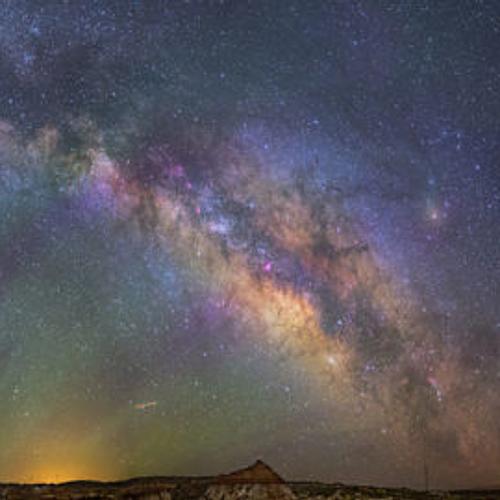
Science & Land and Night Sky
Learn from a master the techniques and equipment needed to produce stunning nighttime landscape images that include a dazzling starry night sky.